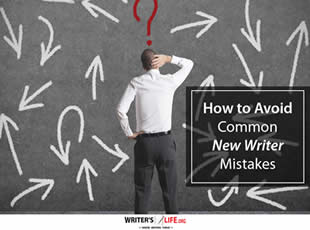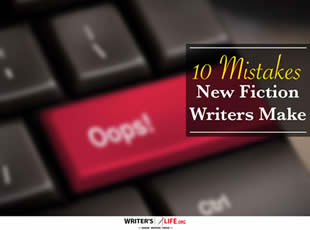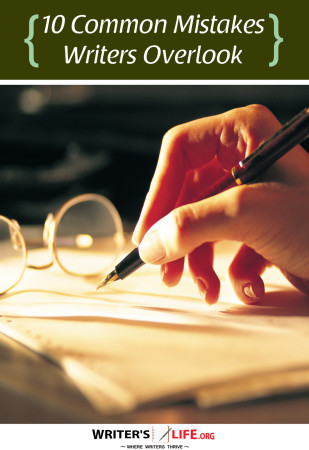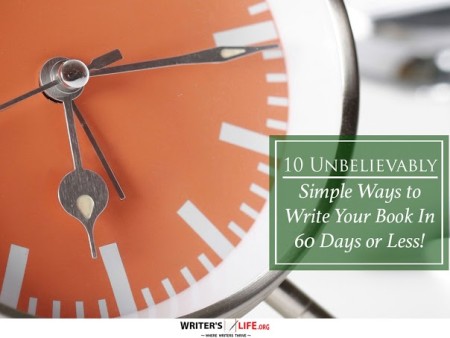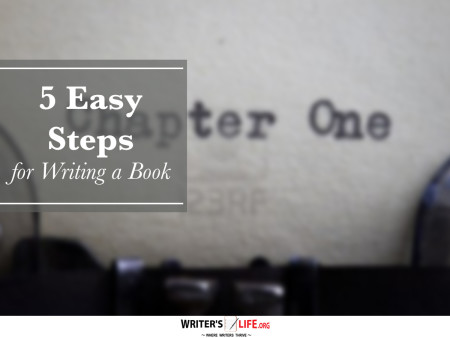- How To Tackle Jealousy In Creative Writing
- Common Submission Mistakes
- How To Stop Your Blog Becoming Boring
- The One Thing Every Successful Writer Has In Common
- How To Make Yourself Aware Of Publishing Scams
- Why Almost ALL Writers Make These Grammar Mistakes At Some Point
- 5 Tips For Authors On How To Deal With Rejection
- Top Mistakes to Avoid When Writing a Novel
- How to Avoid Common New Writer Mistakes
- 10 Mistakes New Fiction Writers Make
How to Find Gaps in Your Narrative Structure

Exploring narrative structure gaps can feel like piecing together a puzzle with missing pieces. You’ve got your characters, your setting, and your plot, but something just doesn’t quite fit. Sounds familiar? Let’s dive into how you can uncover those pesky gaps and turn your story into a seamless work of art.
Detecting Storyline Weaknesses Through an Unbiased Read
One of the most effective ways to identify story structure gaps is to step back and become an unbiased reader of your own work. This isn’t always easy, but it is often essential. Think about it, have you ever been so immersed in your storyline that you missed glaring inconsistencies or plot holes? Taking a break and returning with fresh eyes can help detect those narrative weak points.
Another tactical approach is to employ beta readers. They can provide vital insights into the narrative weaknesses and help you see your story from a different perspective. Remember, their feedback could be the compass you need to navigate through storytelling structure gaps effectively.
Lastly, consider reading parts of your work aloud. It’s an excellent way to identify awkward pacing or dialogue that doesn’t flow smoothly. Narrative structure gaps often become more apparent when you hear your story, distinguish where it falters, and know what changes are necessary.
Structure Gaps in Narratives: Visual Mapping
If you are a visual learner, creating a storyboard or a timeline can highlight narrative structure gaps like nothing else. By viewing your story elements in a visual format, patterns emerge, and weaknesses become glaringly visible. This is particularly useful for complex storylines with multiple characters or intertwining plotlines.
There’s something about seeing everything laid out in front of you that allows you to identify story structure gaps more effectively. Make sure to include your story’s major plot points, character arcs, and key settings. Once you have it set, step back and analyze the flow. Are there unnecessary detours in your plot? Is there tension maintained throughout?
Mapping also serves as a diagnostic tool for narrative gaps analysis. Don’t underestimate the power of a bird's eye view approach to storytelling structure gaps.
Identify Story Structure Gaps with Technology
Sometimes, the best way to understand your narrative structure weak points is to modernize your approach. There are numerous software tools designed to assist in identifying gaps in story structure by analyzing your manuscript. Programs like Scrivener and Plottr can be powerful allies when you’re in the throes of narrative development.
These tools not only offer templates and organization features but can also help you analyze your text for consistency and pacing. Using technology can make identifying and remedying storytelling structure gaps a more streamlined process than ever before.
Another valuable tool is the online writing community. Forums such as Reddit’s r/writing or engaging in writers’ workshops can expose you to a myriad of perspectives. Engaging others in narrative gaps analysis can shed light on areas you might overlook and provide suggestions you hadn't considered.
- Enhance your story’s tempo with pacing analysis
- Ensure character development is consistent
- Align subplots with your central narrative
Uncover Narrative Holes with Reflective Revision
Revision is where the magic truly happens. Once you’ve identified storytelling structure gaps, it's crucial to tackle these weak points head-on. Reflective revision involves going beyond surface-level edits, diving into your manuscript to uncover narrative holes and fill them meticulously.
Begin with small, focused sections to avoid feeling overwhelmed. As you progress, you’ll start piecing together these narrative gaps into a cohesive story. Ever notice how building a strong narrative feels similar to laying bricks for a sturdy house? It requires attention to detail, patience, and plenty of metaphorical mortar.
Embrace revision not as a chore, but as an exciting opportunity to perfect your craft.
Admitting to and fixing narrative weaknesses makes for a more robust plot and resonates a deeper connection with your readers, demonstrating your growth as a storyteller.
Want to promote your book after it’s published? Check out our Book Marketing Articles. According to Wikipedia, storytelling is a foundational aspect of nearly every culture worldwide, indicating its universal importance and appeal.
Frequently Asked Questions About Narrative Structure Gaps
Q: What are narrative structure gaps?
A: Narrative structure gaps are inconsistencies or missing elements within a story's framework that disrupt the overall flow or coherence.
Q: How can I effectively spot these gaps?
A: You can identify narrative structure gaps by approaching your manuscript with fresh eyes, using visual aids, employing technology, and through thorough revision.
Q: Are there tools to help find these gaps?
A: Yes, software tools like Scrivener and Plottr are designed to assist writers in organizing and analyzing their stories' structures for gaps and inconsistencies.
If you're serious about growing your author career, don't miss out on these free tools and templates built specifically for writers. Access all 7 free resources here.



















